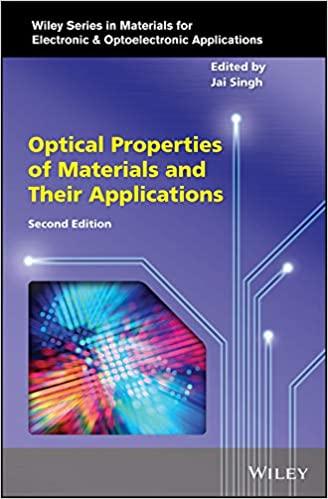Question
Lab 9 - Circular Motion Lab Purpose: The purpose of this lab is to look at the connection between the radius of a circle and
Lab 9 - Circular Motion Lab
Purpose: The purpose of this lab is to look at the connection between the radius of a circle and the distance it will roll for a given number of rotations, and relation between diameter and the linear distance of circle.
Steps:
- Open the program found here
Or here https://www.thephysicsaviary.com/Physics/Programs/Labs/RollingDistanceSimpleLab/
- Activate the ruler so that you can see how far your wheel has rolled.
- Notice that the wheel starts at the 100 mm mark.
- Click on the radius tab so you can record the size of your wheel.
- Hit the start button to have the wheel move across your lab table.
- Stop the wheel after it has made one full revolution.
- Record the linear distance traveled by the wheel.
- Repeat for Eight different sized wheels.
- Graph your data between linear distance (Y axis) and radius (X axis) and determine the type of graph and then find slope of the graph. Let's call this as Graph 1. You can plot graph using graph tool in this lab.
- Find equation that best fits your data.
- Now plot your second graph using https://www.thephysicsaviary.com/Physics/Programs/Tools/Graphing/index.html between diameter and linear distance. Let's call this graph as graph 2. Find slope and linear equation for this graph.
- Now match both graphs with each other and compare value of slopes you found for both cases. What relationship do you find in between two slopes of two graphs?
- Save both graphs and paste in your lab report.
- Repeat this experiment in real life with various circular objects if possible or give some thought about it.
In Lab Report: Show title, purpose of the lab, theory, Results, data, graph, answers of the questions mentioned above and conclusion. You may copy and paste the data sheet and graph from the simulated lab page. The format of results along with data and graph is shown below.
Part 1. Virtual Lab Data:
| Radius (mm) | Linear Distance (mm) |
Slope (experimental value) = Theoretical value of the slope = 2pi
| Diameter (cm) | Linear Distance (cm) |
Part 2. Live Lab Data:
Slope (experimental value) = Theoretical value of the slope = pi
Conclusion:
Step by Step Solution
There are 3 Steps involved in it
Step: 1

Get Instant Access to Expert-Tailored Solutions
See step-by-step solutions with expert insights and AI powered tools for academic success
Step: 2

Step: 3

Ace Your Homework with AI
Get the answers you need in no time with our AI-driven, step-by-step assistance
Get Started


